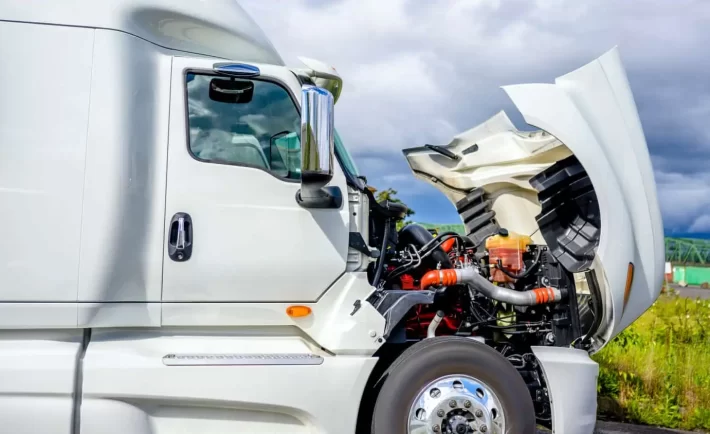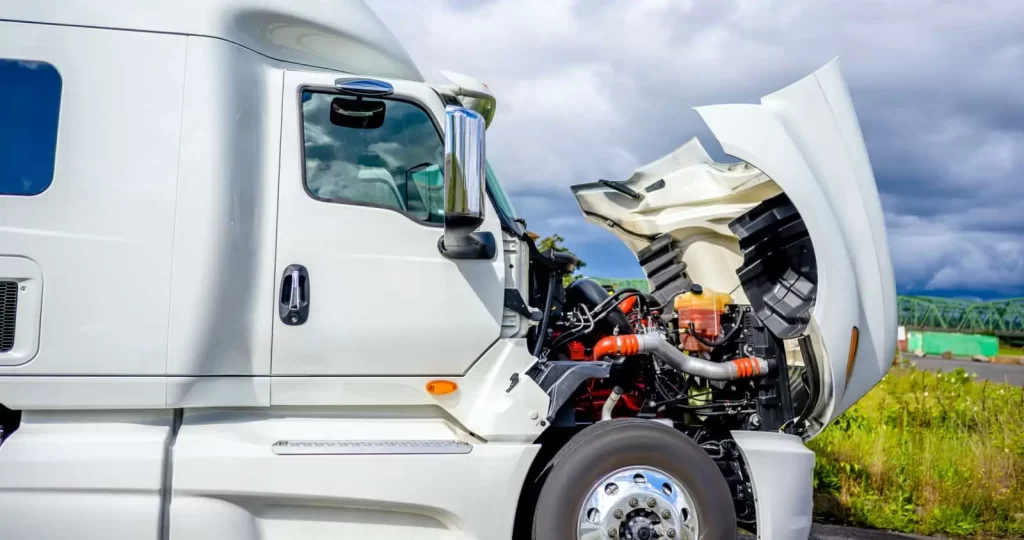
Semi-trucks rule the road. You will see them out there at all hours of the day or night, rumbling down highways and local roads. They might be carrying anything from lumber to textiles.
If you own a semi-truck, you might wonder how its steering system operates. You can buy perfect international truck parts online if you need them, but before you do, it’s crucial that you understand the components that go into your steering system and how they work with each other. We’ll take some time to discuss that right now.
Why Does Your Steering System Matter?
First, let’s make sure you understand why your semi-truck’s steering system matters so much. It matters because you need to have pinpoint control of your vehicle at all times.
Semi-trucks are so large that if you lose control of one, you might injure or kill many people, as well as endangering yourself. Your truck’s steering system also keeps the wheel from locking up and the vehicle from shaking or skidding.
The Main Components of Your Semi-Truck’s Steering System
Your semi-truck has steering gears. These sit at the link between the steering links and column. The gears allow lateral movement through rotary motion. They also give these vehicles an improved mechanical advantage through strong, decisive movements.
Your truck also has what are called drag links. These are suspension parts that link up with each other. They attach your tie rod ends to the steering gear. When you turn the wheel, the drag links move in a rotating motion. This is due to the way the gearbox connects to the wheels.
Your semi-truck’s steering system also contains tie rods. These connect the steering knuckle to the wheel. They are also connected to your steering rack.
They help you to pull and push the truck’s tires in the proper direction when you turn the wheel. This helps you change lanes smoothly so you don’t nudge or collide with the smaller vehicles around you.
Finally, your semi-truck’s steering system has a steering pump. This is driven by your engine. The way it operates is a belt and pulley system. The system has cleverly designed retractable vanes. They spin within an oval-shaped chamber.
What Happens if Anything Goes Wrong with These Components?

All of these mechanisms work together to form a functioning whole. If anything goes wrong with any of them, you will know about it soon enough.
You might see smoke or steam rising from the steering column if anything breaks or goes out of alignment. You may get a “check engine” light, or the steering wheel may vibrate. You may also hear a grinding noise or smell an oily discharge.
The responsible trucker knows that they must get their vehicle maintained regularly. That means getting it looked at by a skilled and trustworthy mechanic every twelve months, at a minimum. If you put a lot of miles on your semi-truck, you may need to get it looked at more like every three or six months instead.




